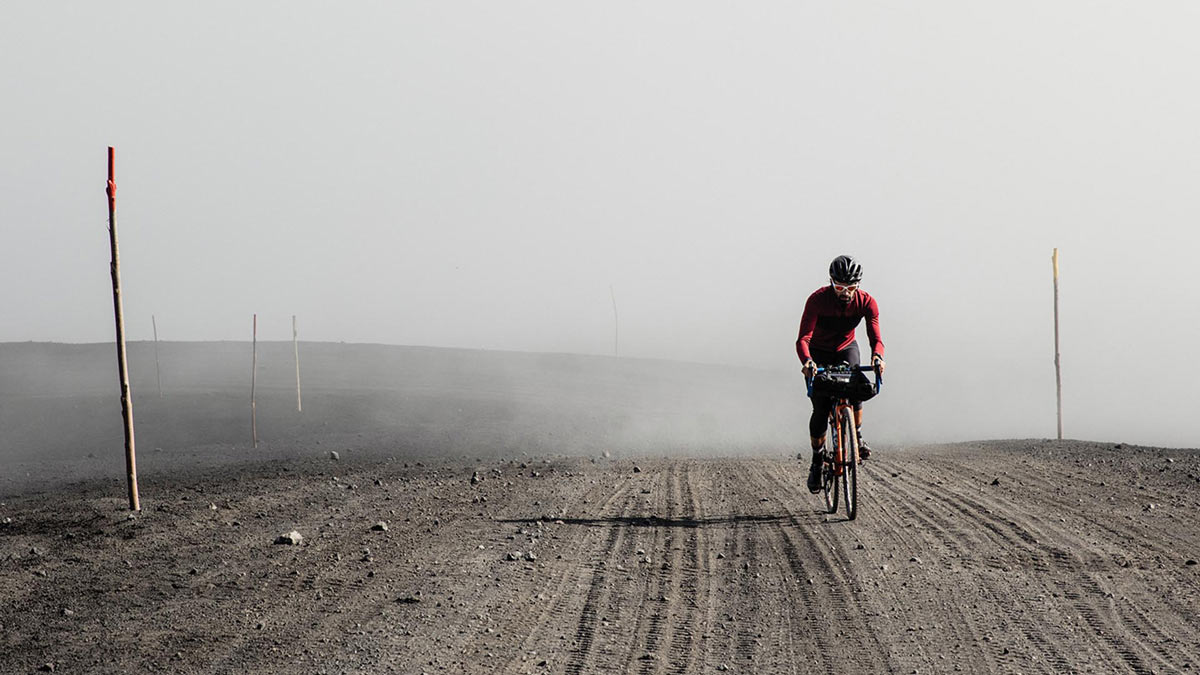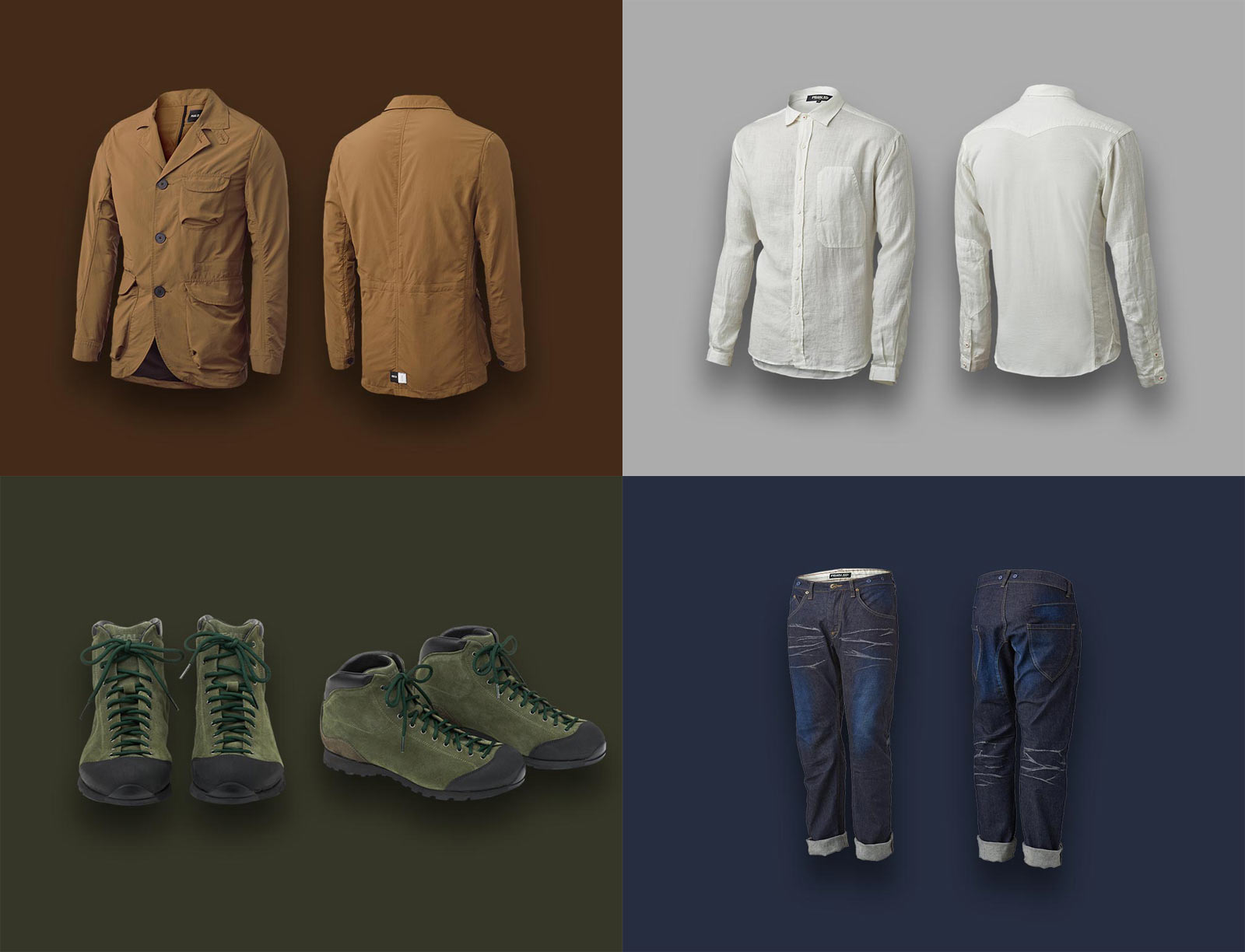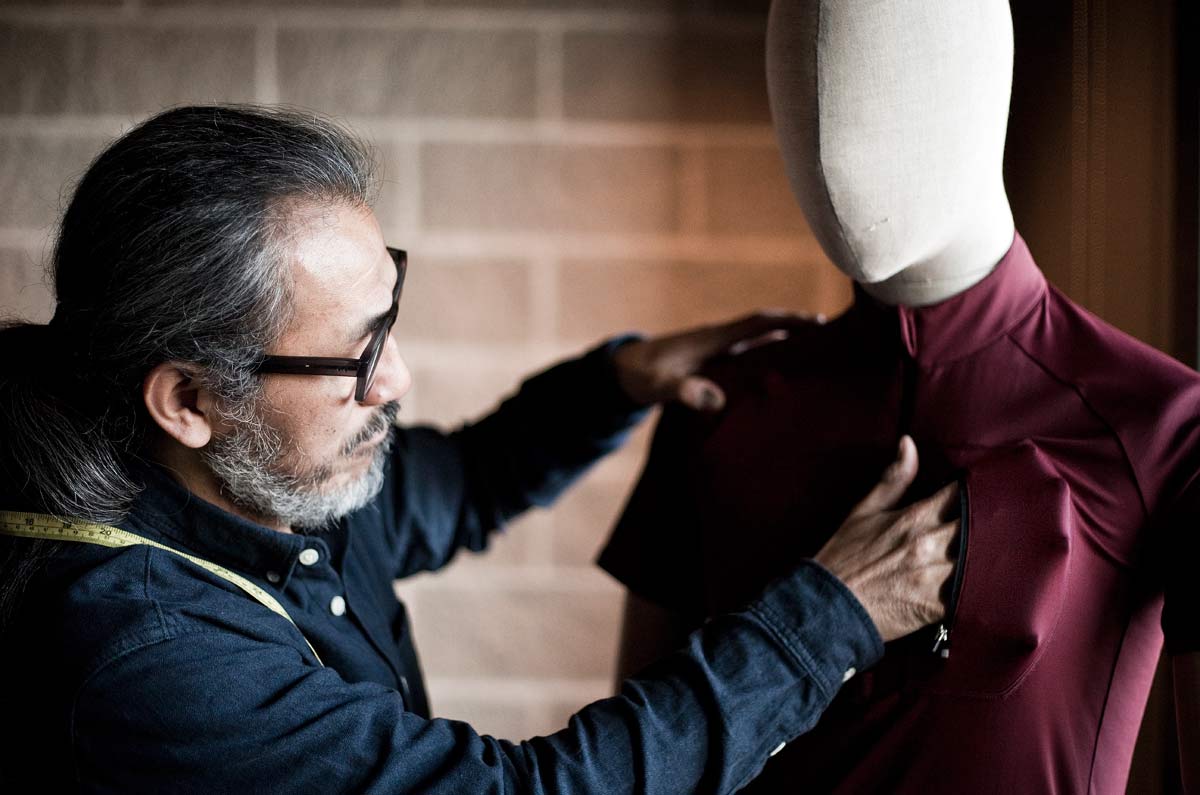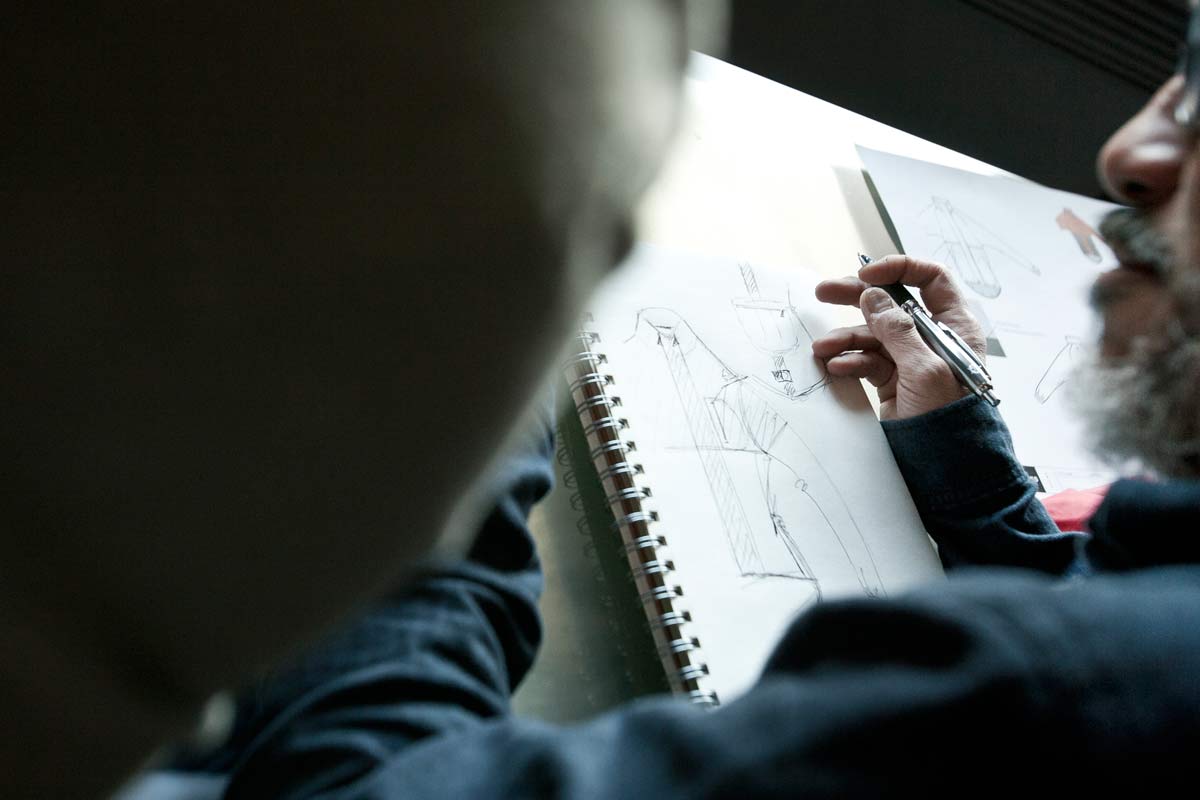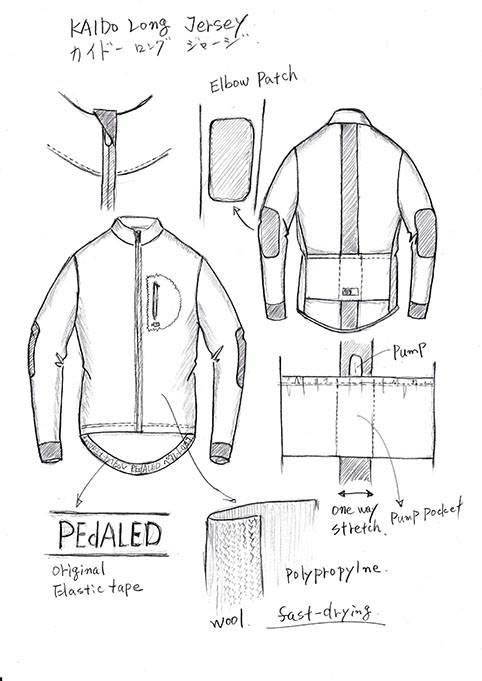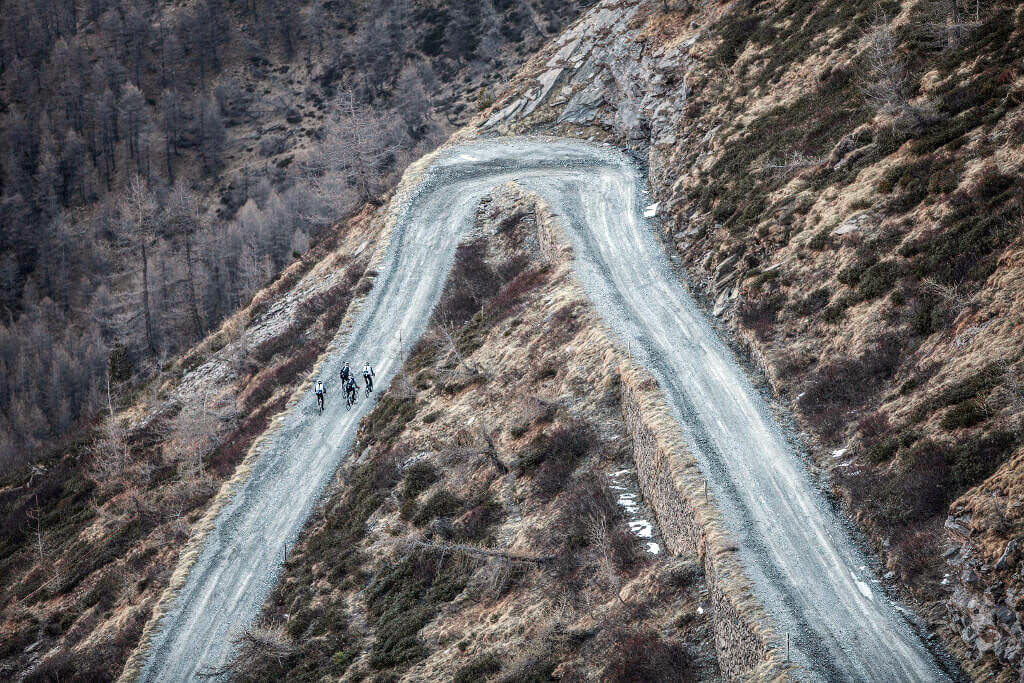What if you could have discovered Rapha before it was cool? Before they were “Rapha”? The act (or art) of discovery is often half the fun in finding a new brand that speaks to you.
Every year at Eurobike, I stroll through the combined booth of Brooks, Crank Brothers and other brands in their family. And every year I pause to peruse PEdALED’s collection of performance and casual cycling clothing. Not because we cover a lot of clothing -we don’t, actually, particularly at trade shows where they’re notoriously hard to photograph and where we’re pressed for time covering all the new tech- but because there’s just something about the collection that speaks to me. They recently reached out, offering the opportunity to test some of the current kit and upcoming spring/summer 2018 collection, so I stitched together a few questions for founder Hideto Suzuki about the brand and how he started.
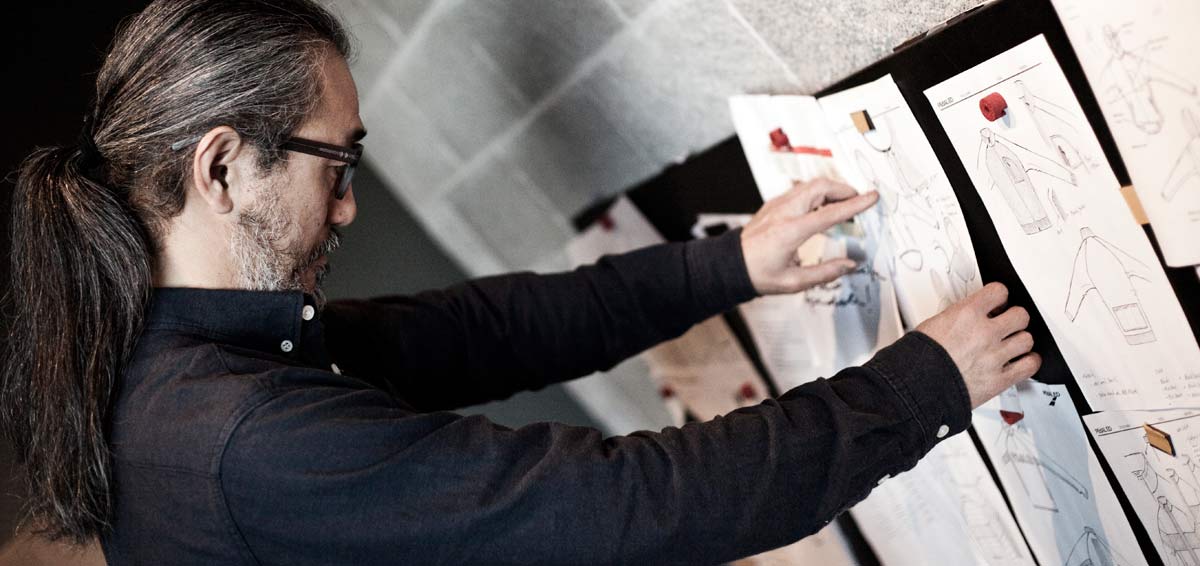
BIKERUMOR: You were in fashion and design prior to starting PEdALED, what sort of clothing were you designing?
HIDETO: I have worked in the Tokyo fashion industry for twenty years, which is quite a long time if you think how stressful that world can be and how fast it moves.
But in all that chaotic creativity I had the chance to learn some of the best Japanese manufacturing techniques and their deepest sense of craftmanship that are still at the core of my approach to product design.
While working in fashion I fell in love with extraordinary fabrics like the Japanese denim and traditional fabrics such as linen and organic cotton. However I also loved working with second hand clothing by giving them a new life and experimenting with their use.
That experience actually led us to one of the first collections we created at PEdALED: the “Born again” capsule. The “born again” featured cycling garments constructed from reused military materials or vintage cycling garments.
BIKERUMOR: Was it hard to transition from being a designer to then needing to manage the cutting, sewing and manufacturing of a clothing line?
HIDETO: Actually it wasn’t. When I look back at my work in the fashion industry I realize that the manufacturing has always been a central part of my creative and designing process. To me, it was, and still is quite impossible to design a product just sitting at my desk and drawing. I actually need to have a physical contact with the fabrics and materials we work with to start this process. I was kind of an atypical designer, for me cutting, sewing and manufacturing are all organically part of the product design.

BIKERUMOR: The short sleeve wool jersey was your first item, what came next? And after that?
HIDETO: The Kaido merino jersey was our first jersey ever. Back at the time merino wasn’t as common as it’s now in the cycling apparel industry, but we chose that specific fabric because our desire was to create a product that could stand the test of time.
And it actually happened! The Kaido is still very much appreciated by riders from all-over the world.
But the Kaido was only the beginning. After that, also thanks to our collaboration with the British professional team JLT Condor, we developed and improved our performance range in a very innovative way. I think that our fashion background, mixed together with a Professional team’s needs, brought our collection to a whole new level to create products that had never been seen in the Peloton. The Nagoya, which is the jersey now used by JLT Condor riders, is the result of this great team work with its asymmetrical pockets cut and unique panel structure with no sewing on the shoulders.
BIKERUMOR: When did you add casual and street clothes to your collection? Why?
HIDETO: Urban clothing has always been central to our brand’s collection since the first day. It was during my daily commute in Tokyo that I first had the idea to create PEdALED.
Even though over the years we have developed new ideas and created high performance clothing for riders and professional cyclists, I still personally feel the need to design urban garments and to keep improving and supporting cyclists in their daily commutes. My feeling is that you never actually stop being a cyclist even when you’re off the bike and as a cycling clothing brand, we need to make the essence of cycling -which is cycling itself- the most beautiful experience ever.
BIKERUMOR: What impresses me about your collection is how simple it all appears, yet very luxurious. That’s no easy feat. In your opinion, what is it about PEdALED that makes it different from other premium brands like Assos or Rapha?
HIDETO: Well, thank you. I think you really hit an important point which actually has a lot to do with what we aim to be as a brand.
I think that our customers or generally people who like PEdALED is not interested in showing off and yelling loudly to the world which brand they are wearing or which kind of community they are part of.
Instead, their sense of belonging to our community and their closeness to PEdALED is driven, on one side, by a series of shared values that we’ve tried to build over the years such as the spirit of adventure and the desire to discover.
I’m thinking about what we’ve done with the PEdALED Transcontinental Race and in our Journals for example. (Editor’s note: links and more on this at bottom of post)
On the other side we have a more “polite” approach -compared to some other brands- to aesthetic and design, since simplicity and sobriety are essential values of our products and people appreciate and respect this.
We want to create garments that become one with the enviroment where cyclists are immersed, products that communicate with your inner soul, as well as with the world that surrounds you.
Mountains, rivers, fields, roads and urban architectures are all part of the same pattern, as well as you and your clothing.
BIKERUMOR: You started and continue to design in Tokyo, but all most of the garments are made in Italy. Why?
HIDETO: Because we felt the need to partner with someone who had the best know-how in the world when it comes to produce cycling garments. It’s very funny when I come to Italy to work on new products: they have so many ideas and give me so many inputs, that I feel flooded by suggestions.
Sometimes my job is just to go straight to the heart of the design process and rely on the huge craftmanship that every one brings during the development process.
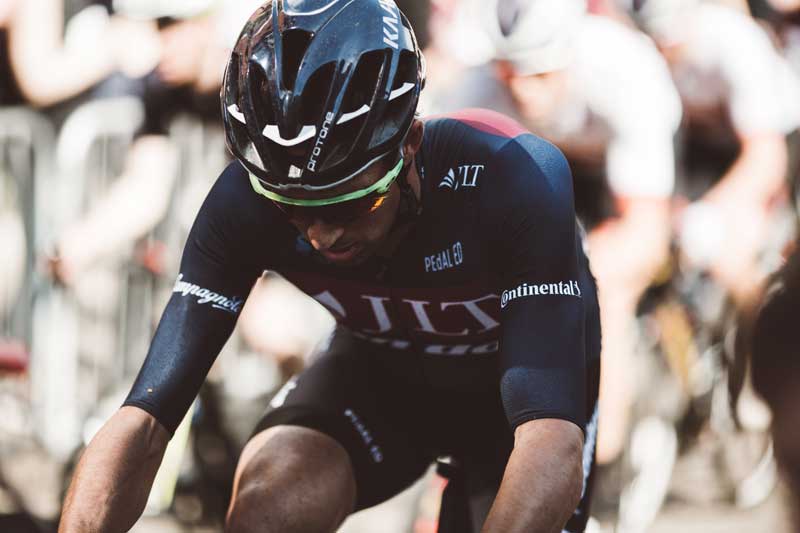
BIKERUMOR: Typically, when I’m testing cycling kit from an Italian brand, I have to size up because it tends to run small or be very tight. Do you find that designing and producing in Japan and Italy makes it difficult to create sizing patterns that work globally?
HIDETO: Clearly as we grow as a brand, we need to face global challenges every day and size fitting is definitely one of those. But I also think that our uncommon Japanese/Italian nature helps us to adapt to different markets and regions in a very smooth way.
Adapting to global challenges is an essential part of the job but that’s something you need to face when you support cyclists from Northern Europe to South-East Asia.
However I must say that this is also a great thing, there are countries where only a decade ago cycling was just a remote activity and now some of the best ideas and interpretations of our sport are coming from there.
BIKERUMOR: What are your top two challenges in running a cycling apparel brand?
HIDETO: The first challenge is to stay true to the values that inspire me everyday. We do not want to be a fashion cycling brand. We like the idea to keep making iconic design that fits a cyclist’s wardrobe in the future. Garments you buy and re-use even after many years.
The second challenge is to keep the balance and harmony within a growing team. Brands are the face of people that build them. We believe that each part of the chain is connected and must be strong, from logistic to business, from marketing to design the team shares the same passion and love for what we do.
(Editor’s Note: PEdALED was started in 2007. Brooks England purchased a majority share in 2011, no doubt giving them a boost in logistics and distribution.)
BIKERUMOR: Do you still do all of the design yourself?
HIDETO: Yes, I still like to be part of the entire designing process.
Unlike the first years, when I was the only one to give inputs to this process, the brand has grown and evolved and now ideas are coming from many directions.
Even tough our collections are growing, we still like to sit around a table with our cycling experiences in mind and start everything with a good talk.
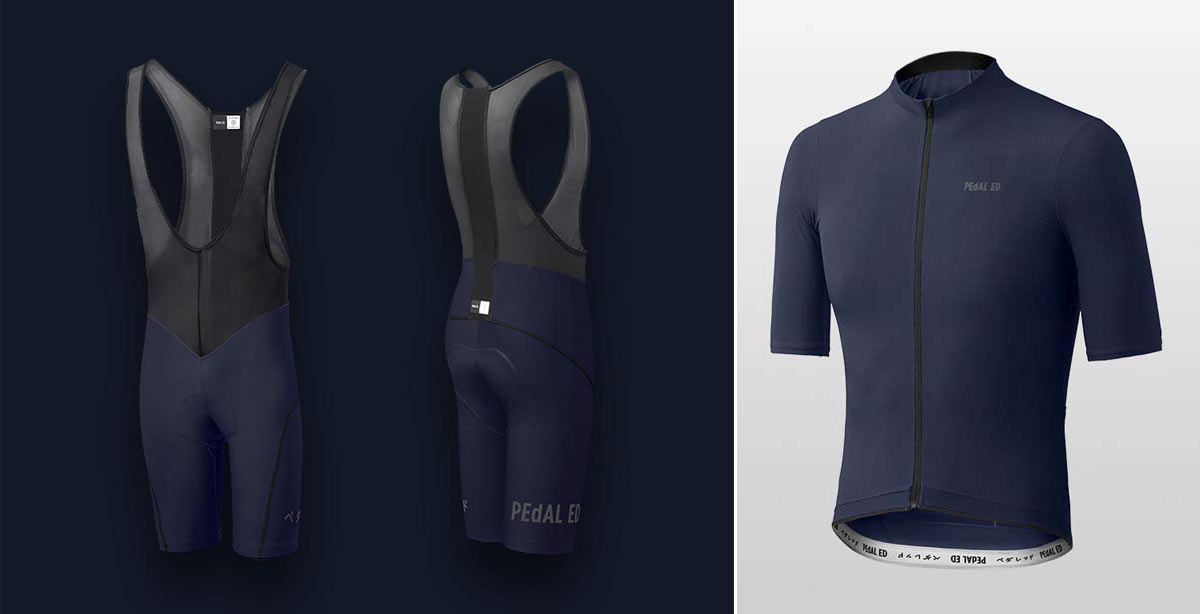
BIKERUMOR: How long does it take from first concept to getting a piece into full production?
HIDETO: We take our time.
Our idea is to release a product only when we are totally satisfied with it. We spend a lot of time choosing the fabrics and testing them on ourselves and with the help of professional cyclists and riders, that we love and respect. For example our Shibuya Jersey and the Natsu Bibshort were tested in the hardest conditions during the Transcontinental Race by two of our riders. Answering to your question, yes it takes quite a lot of time, but when we present a product it means that we are deeply happy about it.
We almost have a 100% seasonal carry over in our collections. This means that when we get into the market with a new item it is more likely to have a long lifetime.
This has also something to do with our personal view about the enviroment and what it means to be responsible as a brand for our world, in a few words: less products with a longer life.
BIKERUMOR: What’s next from PEdALED? Where do you see cycling clothing going in the next 2-3 years?
HIDETO: As a brand we aim to support cyclists 24 hours a day, on and off the bike.
Adapting to all their different needs and experiences.
But there’s also a very big news coming on in the next months and I think that female cyclists from all over the world will be happy about this!
In addition to clothing, they make accessories and frame bags designed to support the long distance riding they promote and capture in stories. PEdALED supports the Transcontinental Race in Europe, producing video and images to tell the story, all available on their website anytime you’re needing inspiration to ride epic. Here’s the story of TR2016:
